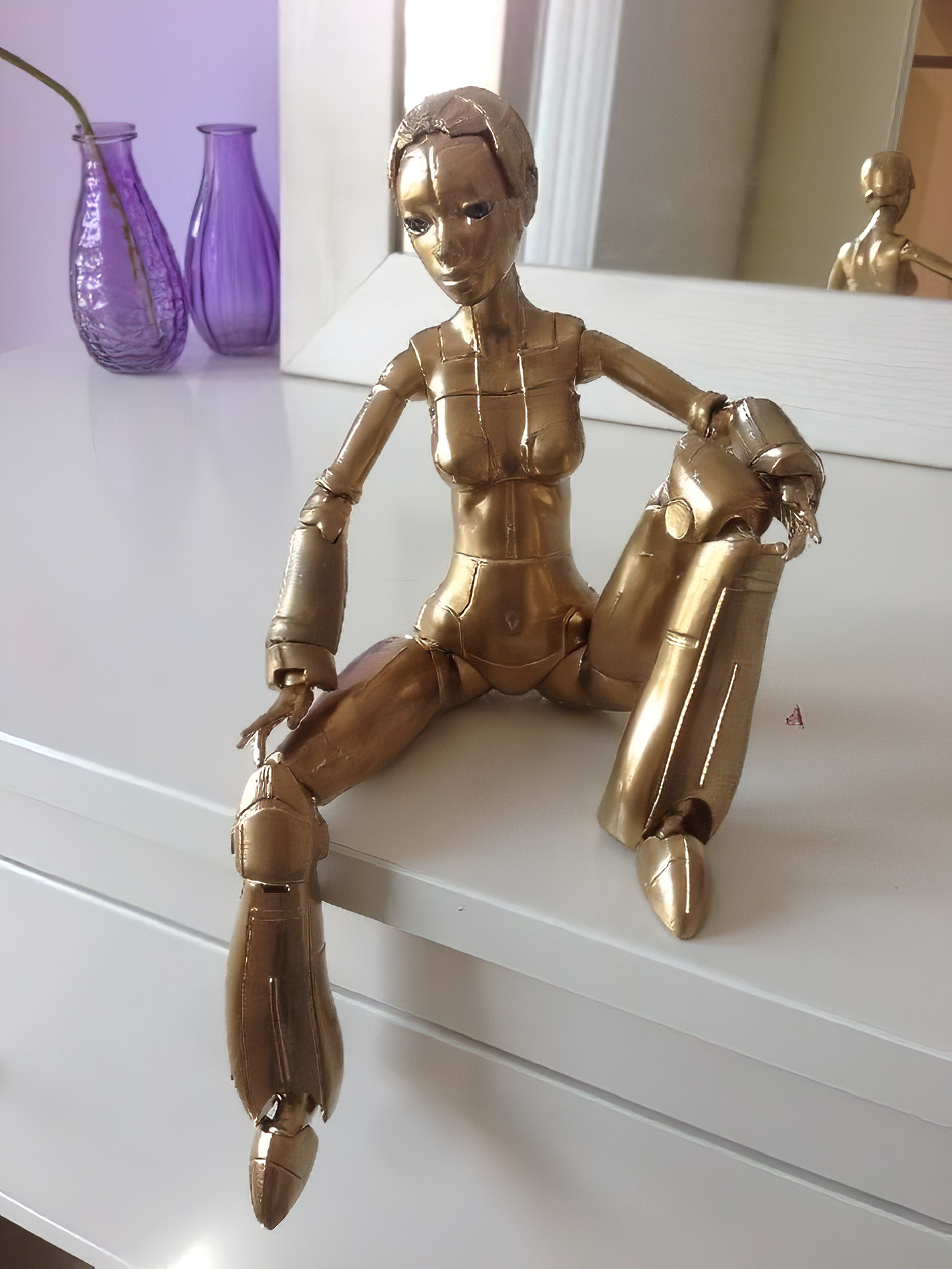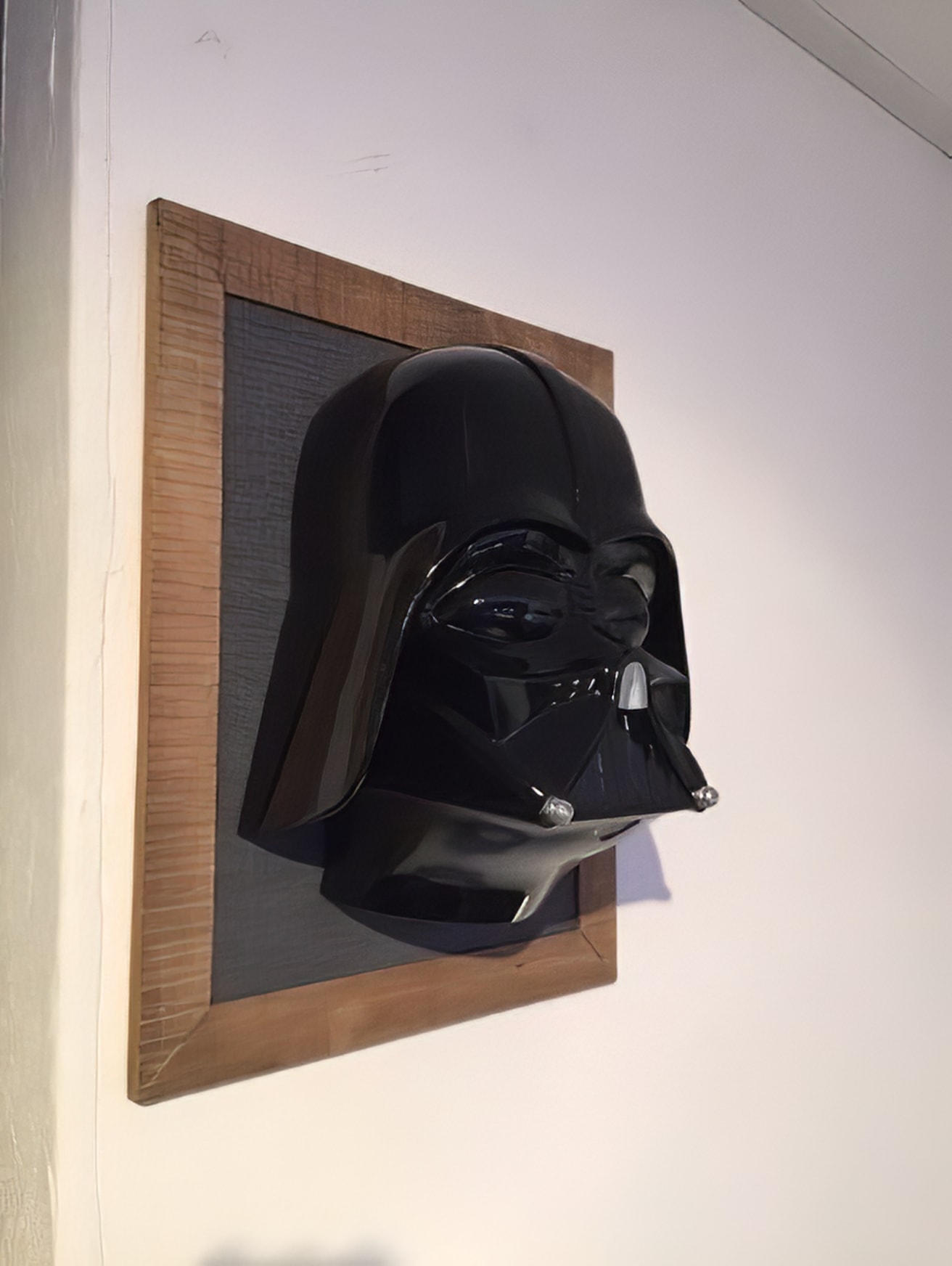With additive manufacturing giving you the freedom of shape and model manipulation, you should also consider the personalization of your PLA 3D models by painting it. This unique feature opens a new set of possibilities for you to explore and innovate with.
Although it seems like an easy task, painting 3D prints takes a little effort in order to get a high quality and lasting paint. Here are a few steps you should follow when painting your 3D models:

1. Cleaning up
After your print has finished clean your model and give it the final retouches it needs. You can remove tiny artefacts using an Exacto blade or Stanley knife. For removing rough surfaces from where support was attached, you can use a Dremel tool. Make sure your model is the best it can be before you proceed.

2. Smoothing
There are several ways of smoothing your model. The acetone vapour method for ABS is the most known and popular, but not without health or fire hazard! PLA can be smoothed with ethyl acetate. But both of these methods are not strictly needed to smooth your model. You can use coarse sandpaper (80 grid) to get rid of the printing lines. Of course, this is harder when you have very intricate details in your model. Sometimes you can use polyester filler to smooth your model or fix lines where multiple parts are joined/glued together. Clean your model after filling and sanding and remove all the dust, preferably with some alcohol wipes. After cleaning you can use multiple layers of spray filler, a grey filler is better than white because it lets you see any left ridges or flaws better. After drying your model, sand it again with a finer grain of sandpaper, use more spray filler, and sand again, spray fill again until your model is completely smooth. Any ridges or edges that need to be preserved but get filled up with spray filler, you can easily scratch out.

3. Painting
After smoothing it is really up to you what type of paint you want to use. For difficult organic colours, you can use acrylic paints and mix them while you are painting to get the desired effect. Another option is to use spray paint.
After any paint job, it is best to seal your model with either a mat or glossy clear coat to protect your colours. Think about weathering your model to give it a more realistic effect.
Happy painting!
Discover tips and tricks in 3D printing for architectures
All models are non-commercial and free, they were solely made for personal use. Images are from private collection and are property of D.J. van den Bergen.

Experience the high 3d printing quality of the Bolt Pro. Request a print sample for FREE now!
Do you want to know how 3D printing can HELP you and your business? Talk to our experts about a FREE, PERSONALIZED solution suitable for your situation!
